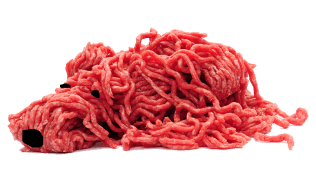 It takes minutes to find thousands of fluffy puppy pictures on websites. One click and you could have a little bundle of joy. Why not spend that time doing a little research into where those puppies come from?
It takes minutes to find thousands of fluffy puppy pictures on websites. One click and you could have a little bundle of joy. Why not spend that time doing a little research into where those puppies come from?
One of the campaigns that we support is C.A.R.I.A.D which, being based in Wales, is on the frontline of the attempt to end the trade in farmed puppies and deal with the results. I was uploading their details onto this site when I came across a video. It wasn’t the result of an investigation into a remote puppy farm. It was taken by a member of the public who had gone to view a property for sale after the owner had died.
One Visit shows what was discovered. Be warned – it is distressing.
People who work with animals are often accused of caring more for non-human species than their own kind. They are often seen as being sentimental. This short film highlights the human tragedy behind puppy farming. The fact is that our society allows humans and animals to suffer equally – and ignores them both.
Look at William Hogarth’s paintings and engravings from the 18thC and you will see that he highlighted the fact that man’s inhumanity to man goes hand in hand with man’s inhumanity to animals. The tiny percentage of people who are prosecuted for cruelty to animals often have a history of violence and abuse towards people.
This video shows what happens when amateur breeding spirals out of control. This video whows what happens because people buy “cute” puppies from websites.


